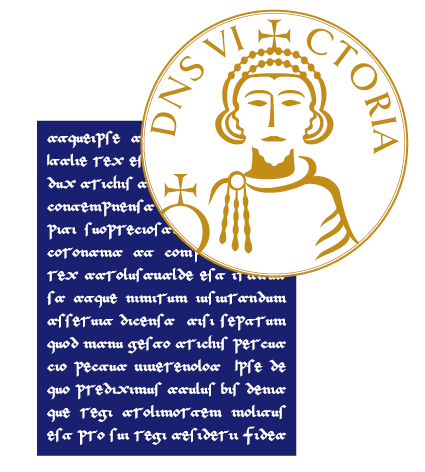Contatti

The laboratory of Massimo Pancione, PhD studies the function of ribonucleoproteic condensates (RNA-proteins) in the mechanism of cell division and cell fate decisions, using a combination of cutting edge imaging techniques, bioinformatics, genetics and biochemical assays in mammals.
Already 120 years ago the biologist T. Boveri noted that the centrosome is a hallmark of cell division suggesting its direct participation in cell transformation. The centrosome is the main microtubule (MT) organizing center (MTOC) of human cells and metazoans. Although DNA molecules are segregated to the progeny identically, many of the integral components of the cell are segregated in an asymmetric manner, generating the original stem cell and its differentiated counterpart that inherits a radically different intracellular environment. The two centrioles in a centrosome are asymmetric because they differ structurally and functionally. These asymmetrically distributed accessory structures are called distal appendages (DAPs) and subdistal appendages (sDAPs), the latter of which, are more variable reflecting differences in cell type, cell age, and fate. Beyond this specificity, sDAPs function as a cytoplasmic anchor for the assembly and localization of RNA and RNA-binding proteins including spliceosome complexes.
Our research seeks to address fundamental scientific questions at the crossroad between biology and diseases: How does specific cytoplasmic ribonucleoproteic condensates to determine cell fate? Which physiological mechanism controls asymmetric assembly of RNA-binding proteins at the centrosome. Do centrosomes control RNA processing machineries in a cell-type specific manner? Our multidisciplinary team comprises engineers, physicians, computer scientists and biologists, and we engage in close collaboration with national and international teams. My research activity is described in over 55 papers. Some of the most recent studies describe pioneering discovery encompassing a previously unknown function of spliceosome outside the nucleus at the centrosome.
Focus research areas
- Cell-fate mediated control of cytoplasmic mRNA processing at the centrosome (acronym: PROFATE).
- Characterization of the cytosolic spliceosome for cellular reprogramming of multipotent stem cells.
- Characterization of LY6G6D-associated protein regulatory network in the MHC class III function
About the European Joint Programme on Rare Diseases networking event entitled -MOLCENRARE- Understanding the intermolecular connections between centrosome cohesion and rare genetic disorders. MOLCENRARE event has been designed to build a multidisciplinary group of Researchers to share knowledge, expertise along with unparalleled networking opportunities on the centrosome cohesion/cilia complex and its role rare and complex pathological disorders. The networking event is open to the participation of all interested Researchers, medical and industrial professionals in this sphere and Patient Advocacy Organisations with a specific interest in rare diseases or rare cancers. Young Researchers, Healthcare Industrial Delegates and Talented Student Communities are welcome to foster global partnering and acceleration of future research.
